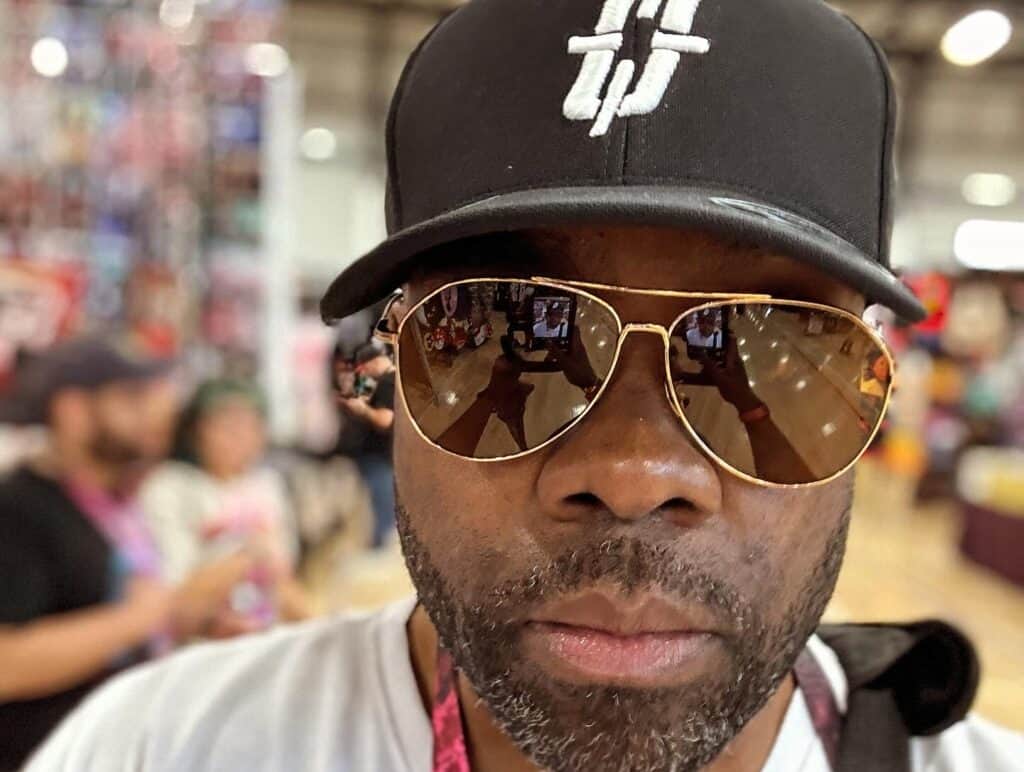Fear is a potent force—one that can build walls, fuel hatred, and ignite centuries of oppression. White fear, in particular, is the engine that has driven systemic racism, bloodshed, and tyranny throughout American history. It is not a baseless accusation but a fact supported by historical evidence, observable patterns in policies, and the lived experiences of Black Americans. To understand its implications, we must examine its roots, its devastating effects, and the lies that sustain it.
The Genesis of White Fear
The origins of white fear date back to the colonization of the Americas. European settlers justified the violent dispossession of Indigenous peoples with a self-serving narrative: that their “civilized” way of life was threatened by “savage” others. This fear—rooted in ignorance and a desire for dominance—was weaponized to rationalize atrocities, from genocide to slavery.
The transatlantic slave trade is another harrowing example. Enslaved Africans were dehumanized not merely to justify their bondage but also to assuage the fear that white supremacy might crumble under the weight of their humanity. Enslavers lived in constant terror of uprisings, tightening their grip with oppressive laws and brutal punishments to maintain control.
White Fear and the Lies of Freedom
Even after emancipation, white fear persisted, morphing into systemic racism. Black Americans were promised freedom but faced a gauntlet of barriers designed to keep them subservient. Consider the myth of the “40 acres and a mule.” This promise of land to freed Black families was rescinded almost immediately. White fear of Black economic independence led to violent backlash, including the burning of Black towns like Tulsa, Oklahoma, in 1921. This fear wasn’t just about land; it was about the potential loss of white dominance.
Housing and land ownership—a cornerstone of the American Dream—became a battleground. Redlining, a practice that began in the 1930s, systematically denied Black families access to home loans and confined them to underfunded neighborhoods. Meanwhile, white Americans were building generational wealth in the suburbs. Today, the racial wealth gap persists as a direct consequence of these policies. Ask yourself: How many Black families in your community were able to pass down property? How many were forced into renting indefinitely, while their white neighbors built equity?
White Fear in the Workplace
In the labor market, white fear has led to both subtle and overt forms of discrimination. Historically, Black workers were relegated to low-paying, dangerous jobs while white workers enjoyed upward mobility. The introduction of affirmative action—meant to level the playing field—sparked white resentment, not because it was unfair, but because it challenged a status quo built on exclusion.
Even today, Black professionals face barriers in hiring, promotions, and salary negotiations. Studies show that identical resumes with “white-sounding” names receive more callbacks than those with “Black-sounding” names. White fear of losing economic dominance perpetuates these inequities.
The Tyranny of White Fear in Policy
Last week’s rollback of the Civil Rights Act underscores how white fear continues to shape policy. The Supreme Court’s decision to weaken protections against racial discrimination is a chilling reminder that progress is not linear. This rollback stems from the same fear that fueled Jim Crow laws: a fear that racial equality threatens white control.
Let’s reflect on this: What message does it send to Black Americans when the highest court in the land dismantles protections meant to safeguard their rights? It says, “Your fear of discrimination is less valid than our fear of losing privilege.”
Bloodshed and Tyranny: The Ultimate Consequences
White fear has consistently led to bloodshed. From the lynch mobs of the Reconstruction era to the police brutality that sparked the Black Lives Matter movement, the pattern is undeniable. Fear of Black empowerment—whether it manifests in a freed slave, a successful Black entrepreneur, or a peaceful protester—has often been met with violence.
Consider the 2015 massacre at Mother Emanuel AME Church in Charleston, South Carolina. The white supremacist responsible explicitly stated his fear of “Black people taking over.” This act of terror is not an anomaly but part of a continuum of violence justified by fear.
Moving Forward: A Call to Reflect
White fear has cost countless lives, shattered dreams, and perpetuated cycles of oppression. But it doesn’t have to define the future. For Black Americans, this history is a painful reminder of resilience in the face of systemic injustice. For white Americans, it is a call to confront the lies they’ve been told: that equality is a threat, that privilege must be hoarded, and that fear justifies oppression.
Ask yourself: How have you benefited from systems built on white fear? How can you challenge these systems in your workplace, your community, and your government? Reflection is the first step toward dismantling the tyranny of fear and building a society rooted in justice and equity.
The truth is clear: White fear has shaped our history, but it doesn’t have to dictate our future.

